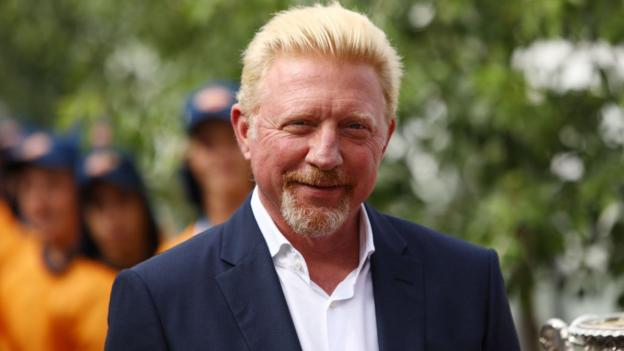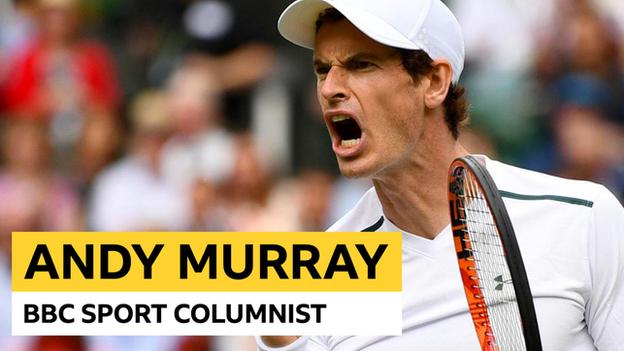Unseeded Barbora Strycova says she will have no fear when she bids to halt Serena Williams' charge towards an 11th Wimbledon singles final on Thursday.
The Czech, at 33 the oldest first-time Grand Slam women's semi-finalist, takes on the seven-time champion after Simona Halep plays Elina Svitolina.
"Of course, I don't have as much power as Serena, but I have other weapons," said Strycova, who beat Briton Johanna Konta in the quarter-finals.
"I have really nothing to lose."
Among Strycova's arsenal is an effective serve-and-volley game, honed in a way that will be familiar to many who loved the tennis of previous generations of players.
"I was playing at home against the wall, against the house, so I was kind of like playing with it," she said.
"I love to play volleys, especially on grass. It's working very well. When I'm confident, I like to play a lot of balls from the net. It's my territory."
Williams 'feeling good' after injury-hit season
Strycova is, though, the overwhelming underdog against Williams, who is chasing a record-equalling 24th Grand Slam title and her first as a mother.
And, ominously, the American declared after her quarter-final victory over Alison Riske that she is feeling the best she has since January after being troubled by injury in recent months.
"This is the first time since Australia that I actually felt good," said the 37-year-old, whose high-profile mixed doubles partnership with Andy Murray ended with a last-16 defeat on Wednesday.
"It's been a really, really long year for me already, and hard year, because I'm usually not typically injured.
"I don't know where I am. I do know I feel good. Now that I feel good, I can actually focus on training and technique and practice, something that I just literally haven't been able to do a lot of."
The pair have met three times before, with Williams winning every time including in the first round at Wimbledon in 2012.
But Strycova, who says her granddad took her to see the Wimbledon trophies in the museum as a two-year-old, is not dwelling on that record or Williams' success here.
"When you go out there, you just focus on yourself and you focus how to beat that opponent, the way you want to beat her," she said. "So I am not really scared to play her. I just really will try my best and I will fight as much as I can."
Svitolina chasing first Grand Slam final
Ukrainian eighth seed Svitolina will be seeking to forget about the only other time she has met Halep, 27, at a Grand Slam.
The Romanian triumphed in three sets - taking the third 6-0 - in the French Open quarter-finals in 2017 with Svitolina having held match point in the second.
Svitolina, who is coached by Briton Andy Bettles, says a lot has changed since then.
"I think I'm a little bit different player now," said the 24-year-old, who is appearing in her first Grand Slam semi-final after a major breakthrough last year when she won the prestigious end-of-season WTA Tour Finals.
"I'm playing free, I'm playing decent tennis. It's the first time that we play in a semi-final, it's going to be interesting for both of us."
Halep, meanwhile, is banishing memories of her own, having lost her only other Wimbledon semi-final in straight sets to Eugenie Bouchard in 2014.
"I'm a different person," said the 2018 French Open champion and former world number one.
"Everything changed. I have a lot of experience now. I'm more confident. I love grass - it's first time that I have said that.
"I think it's a big challenge for me, the next match. But I will take it like I took every match since I'm here. I'm relaxed. I'm happy. I'm motivated to win.

























 Phone: (800) 737. 6040
Phone: (800) 737. 6040 Fax: (800) 825 5558
Fax: (800) 825 5558 Website:
Website:  Email:
Email: 






